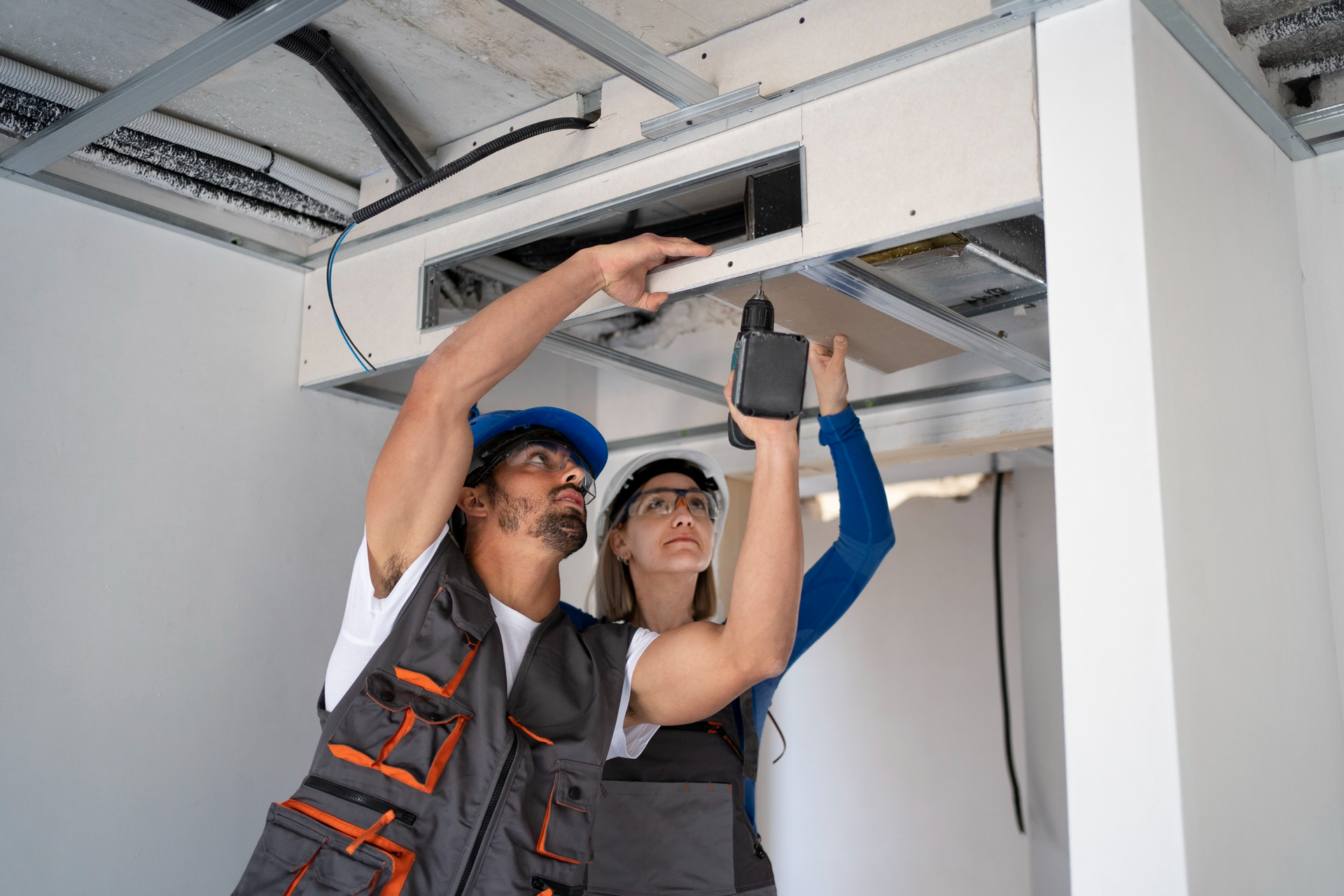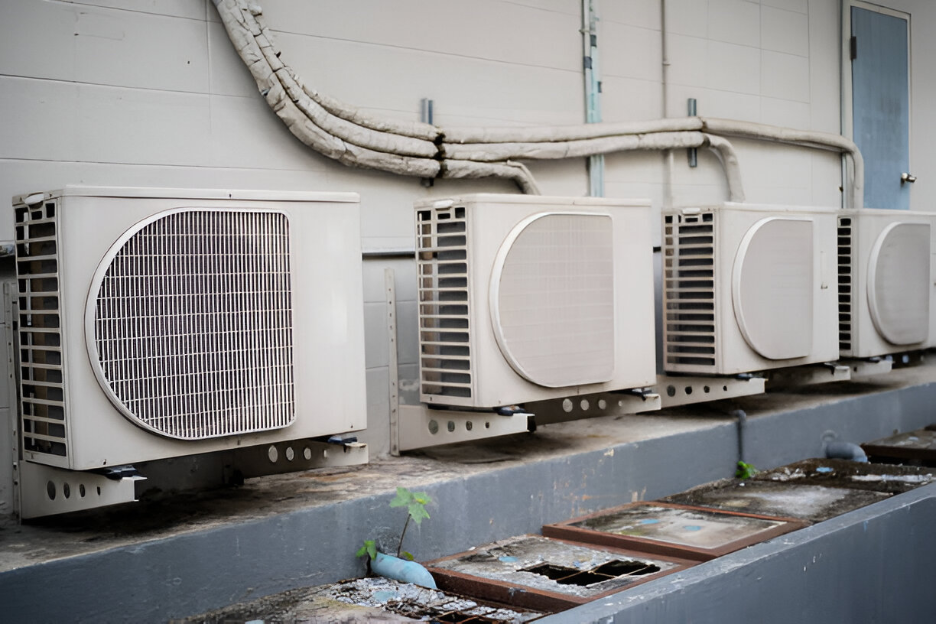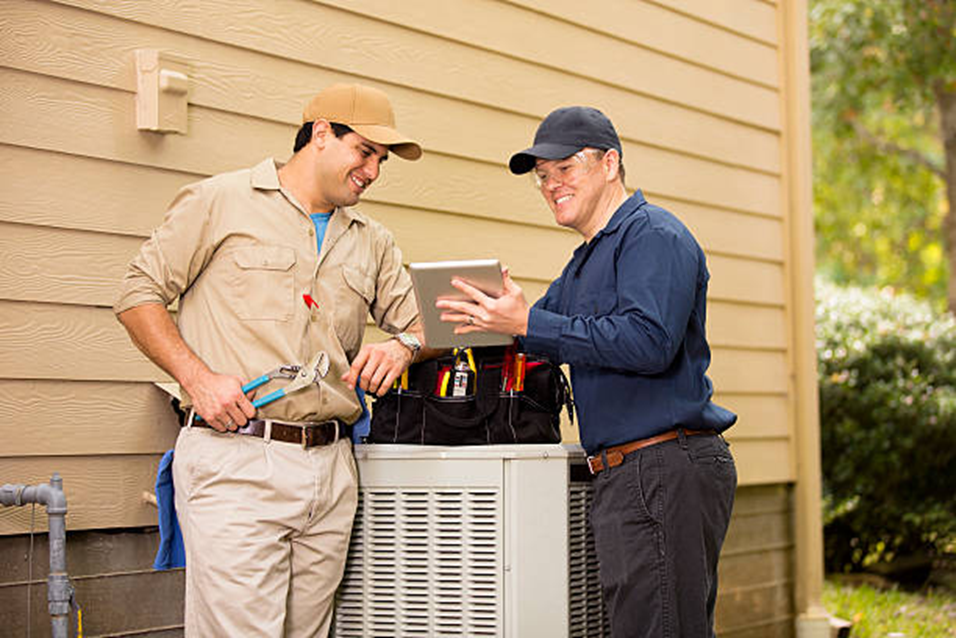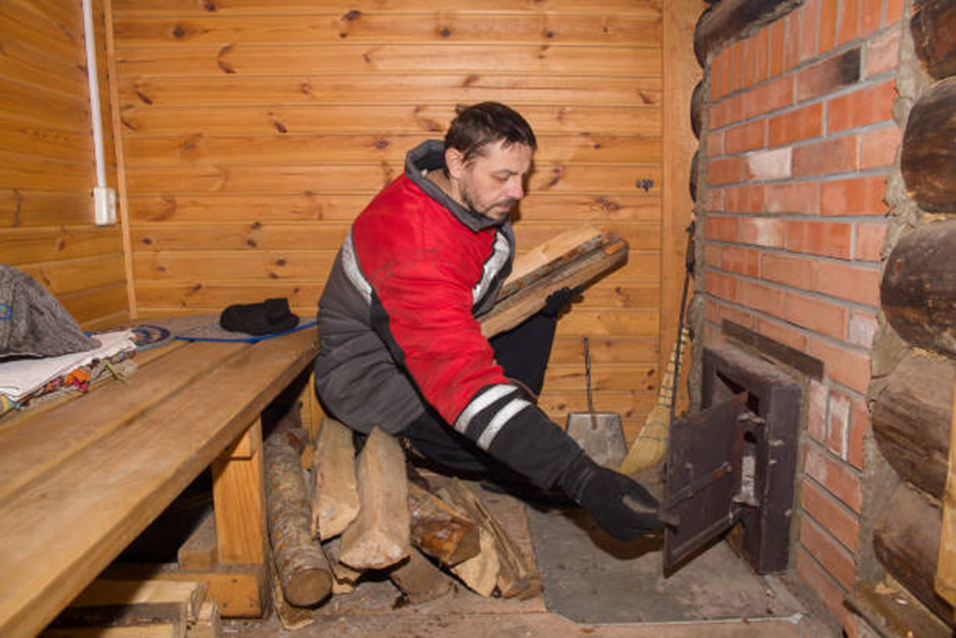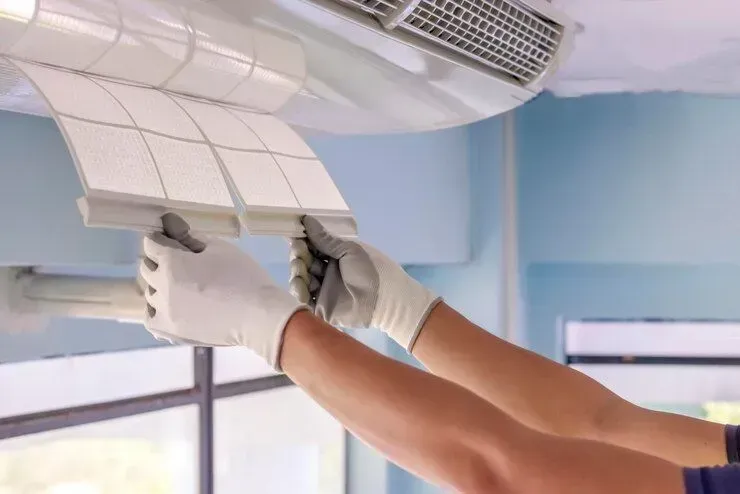What Size Central AC Do I Need for a Long Island Home?
Choosing the right size central air conditioning system is one of the most important decisions you’ll make as a Long Island homeowner. A system that’s too small won’t keep your home cool enough during peak summer heat, while one that’s too large will short cycle, waste energy, and fail to remove humidity effectively.
At www.longislandhvachero.com, we help homeowners make smart HVAC decisions backed by science, not guesswork. In this guide, we’ll walk you through how AC sizing works, what factors impact it, and how to get it right the first time.
Why AC Sizing Matters More Than You Think
What Happens If Your AC Is Too Small or Too Large?
When your AC is undersized, it will run constantly without ever fully cooling your space. Rooms furthest from the air handler may stay warm and uncomfortable, especially on high-humidity days.
On the flip side, an oversized system might cool your home too quickly, shutting off before it has a chance to dehumidify the air. This creates a clammy, uncomfortable indoor environment—and puts extra strain on the system from frequent cycling.
Energy Waste and Humidity Issues
Oversized units not only lead to higher energy bills, but they also contribute to mold risks and indoor air quality issues due to poor moisture control. That’s why precise sizing is key to efficiency, comfort, and system longevity.
Long Island Climate Considerations
Long Island summers are humid and moderately hot, making humidity removal just as important as temperature control. Systems must be sized with this dual challenge in mind—something generic online calculators often overlook.
Key Factors That Affect AC Sizing in Long Island Homes
Square Footage and Layout
The total square footage of your home is a basic starting point—but it’s not the only factor. Open-concept layouts, additional stories, and attic conversions can all change how cool air moves through your home.
Ceiling Height and Open Spaces
Rooms with vaulted ceilings or open stairwells require more cooling power due to the greater volume of air. Conversely, smaller rooms with lower ceilings will retain cool air more efficiently.
Number and Direction of Windows
South- and west-facing windows absorb more solar heat throughout the day. The size, number, and insulation quality of your windows can significantly increase your home's cooling load.
Local Insulation Codes and Duct Condition
Homes with upgraded insulation and sealed ducts hold cool air better and require less BTU output. An HVAC contractor must assess your insulation quality and duct performance before sizing your system.
Occupants, Appliances, and Heat-Generating Electronics
The number of people living in your home, your cooking habits, and how many devices or appliances you run daily all influence internal heat gain—another factor that affects how much cooling you need.
Understanding BTUs and Tonnage
What Is a BTU and Why It Matters?
BTU, or British Thermal Unit, is the standard measurement of how much heat an AC can remove from your home per hour. One ton of cooling equals 12,000 BTUs. So, a 3-ton unit provides 36,000 BTUs of cooling power.
Keep in mind that location, insulation, and sun exposure will affect these general estimates.
Manual J Load Calculations: What Professionals Use
Why Guessing Is Dangerous
Many homeowners (and some inexperienced contractors) choose a new unit based on the size of the old one. But unless your home hasn’t changed at all in insulation, layout, or usage, this is a risky move.
Factors Included in Manual J
The Manual J load calculation is the industry standard for AC sizing. It includes:
- Room dimensions
- Insulation values
- Window type and shading
- Directional orientation
- Occupancy levels
- Appliance heat output
- Ventilation systems
How Contractors Perform Load Calculations
At www.longislandhvachero.com, we conduct Manual J calculations for every central AC installation. Using advanced software, we input real data about your home to create a custom cooling load report that guides your system selection.
Can You Use Online AC Size Calculators?
What to Look for in a Trustworthy Calculator
Some online AC sizing tools can give you a rough estimate, especially if they ask about insulation, windows, and local climate. Look for tools that allow zip-code-specific data and detailed room input.
Pros & Cons of Self-Calculation Tools
Pros:
- Quick, easy ballpark figures
- Useful for early planning or budgeting
Cons:
- Often oversimplified
- May ignore critical details like humidity, insulation, and internal heat gain
- Risk of oversizing or undersizing
Why a Site Inspection Is Still Important
Online tools can’t assess your ductwork, insulation, or shading conditions. A licensed HVAC technician from www.longislandhvachero.com will visit your home and give you the most accurate system recommendation possible.
Common Sizing Mistakes Homeowners Make
Relying on Past Equipment Size
Don’t assume your old AC was correctly sized. Building codes, insulation standards, and usage patterns may have changed since it was installed. Starting fresh with a new load calculation is always best.
Not Accounting for Insulation Upgrades
If you've added attic insulation or replaced windows, your home's cooling load may be lower than it was before. A smaller, more efficient unit might now be the better choice.
Ignoring Zoning Potential
Many homeowners don’t realize they can zone their AC systems to cool different parts of the home independently. This can reduce the total size of the system needed and improve comfort throughout the house.
How We Size Central AC Units for Long Island Clients
Our Evaluation and Quote Process
- Perform a detailed in-home assessment
- Conduct a Manual J load calculation
- Review your cooling needs, lifestyle, and comfort goals
- Recommend the right size unit and brand
Energy Efficiency and Comfort Goals
We prioritize not just system size, but also energy efficiency (SEER ratings), noise levels, and humidity control. Our goal is to deliver comfort and savings.
Matching with SEER Ratings and Brands
Once we know your sizing needs, we help you choose a system that matches your goals—whether it's maximum energy efficiency, whisper-quiet operation, or smart thermostat integration.
Final Thoughts: Get It Right the First Time
Properly sizing your central AC system is about more than comfort—it’s about protecting your investment, maximizing energy savings, and ensuring long-term performance
At www.longislandhvachero.com, we take the guesswork out of HVAC installation. Whether you’re replacing an old system or installing AC for the first time, we use proven load calculations, local expertise, and energy-conscious recommendations to get it right the first time.
FAQs: Central AC Sizing in Long Island
Can I install a bigger unit just to be safe?
No. Oversized units cause short cycling, increase humidity, and lead to uneven cooling. Always size based on your home’s actual needs.
How long does a load calculation take?
A Manual J load calculation usually takes 1–2 hours, depending on the complexity of your home and the level of detail gathered.
What if I finish my basement or attic later?
If you’re planning renovations that increase your home’s square footage, let your contractor know in advance. They can size your system with future expansion in mind.
Will a high-SEER unit still need to be sized properly?
Yes. SEER (Seasonal Energy Efficiency Ratio) measures efficiency—not size. Even a high-SEER system will underperform if it's not the right size for your home.
How do I know my contractor sized it right?
Ask if they performed a Manual J calculation. A reputable contractor will explain their process and provide supporting documentation with your quote.
